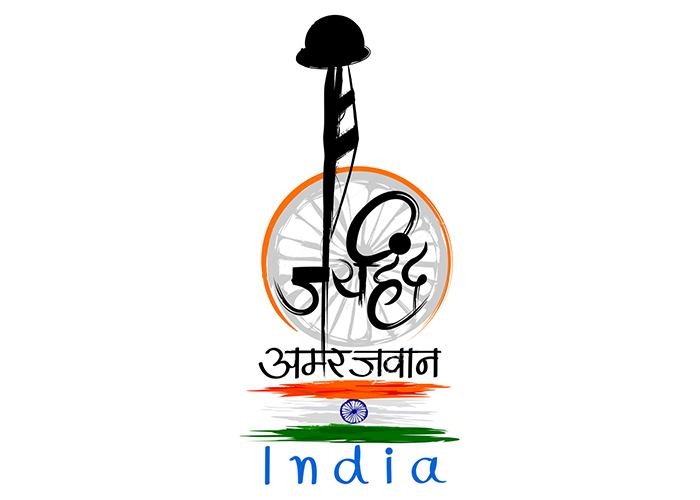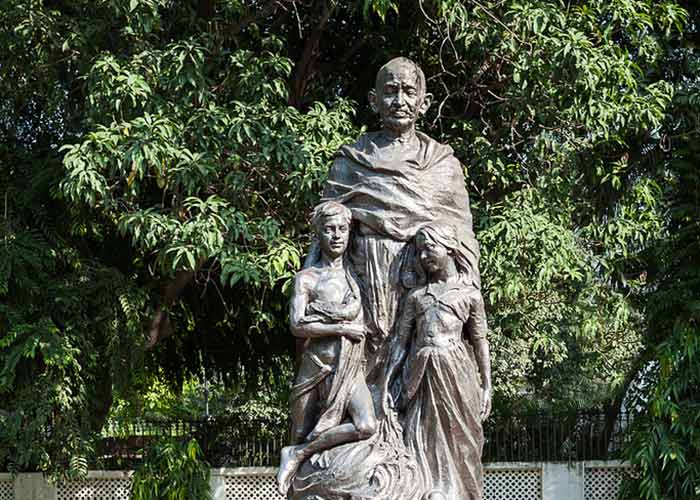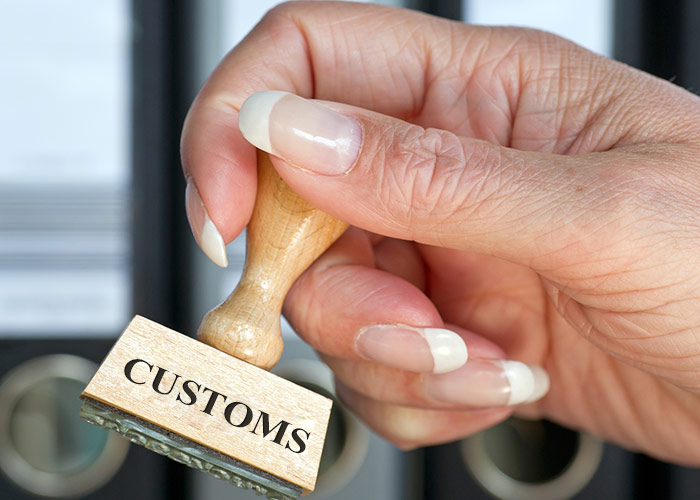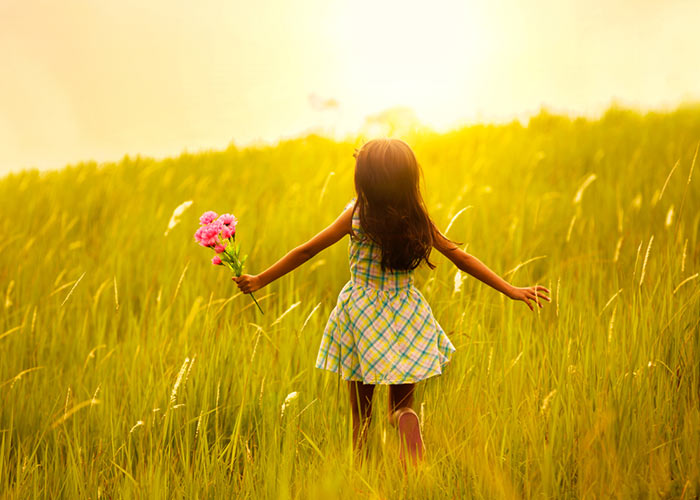Republic Day Facts
Republic Day means a lot for every Indian. It is a day of great importance to all of us. We celebrate this day with big enthusiasm and courage. India is a great country famous for a saying “Unity in Diversity” where people of more than one religions living together with complete understanding, patience and brotherhood. So, National events like 26 January and 15 August are some extraordinary moments for all Indian which they celebrate together.
In the morning of Republic Day, everyone becomes so encouraged to see the Republic Day celebration in Delhi (National Capital) at Rajpath on the TV.
As a citizen of India everyone wants to know about the country, current happenings, historical facts and other facts.
Here we have provided some interesting and knowledgeable facts about the Republic Day of India, so enhance your courage to see this year republic day celebration by knowing such facts:
- Indian Constitution came into effect (officially into a legal circulation) on 26th of January in 1950, at 10:18 am after which India became a Republic country.
- Indian Constitution came into effect especially on 26th of January because 26th of January, 1930 is an anniversary of Purna Swaraj Day.
- The Constitution of India is the longest written Constitution all over the world (which cannot be read in a single day); it has incorporated “448 Articles in 22 Parts, 12 Schedules and 97 Amendments”.
- Indian Constitution is written by the Dr. Bhimrao Ramji Ambedkar (Dr. B.R. Ambedkar). He is known as the father of Indian Constitution.
- The Constitution of India took around 2 years, 11 months and 18 days to be completed.
- Two copies of the Indian Constitution were hand-written, one in English and one in Hindi.
- Both hand-written copies of the Indian Constitution were signed on 24th of January in 1950 by around 308 members of the Assembly.
- Both of the originally hand-written Indian Constitution copies are kept safely in the helium-filled cases at the Library of Parliament House.
- After inception of the Indian Constitution, around 94 amendments (alterations) have been done.
- Satyamev Jayate (one of the biggest Indian motto) is taken from the Mundaka Upanishad, Atharvaveda. It was first translated in Hindi language by the Abid Ali in 1911.
- It was Madan Mohan Malviya who had selected the Indian motto of Satyamev Jayate.
- Jana Gana Mana (National Anthem) was written first in Bengali language by the Rabindranath Tagore.
- Jana Gana Mana (National Anthem) was first translated into Hindi language by the Abid Ali in 1911 which was later officially adopted as National Anthem of India in 1950 on 24th of January.
- The lyrics and music of Indian national anthem was given by Rabindranath Tagore in 1911.
- National Anthem of India was first sung in the meeting of Indian National Congress, Calcutta on 27th of December, 1911.
- National Anthem of India takes 52 seconds to sing or play.
- The first President of India, Dr. Rajendra Prasad took oath (at Durbar Hall of government house) first time on 26th of January in 1950.
- 21 gun salutes are given every year when the President of India hoists the national flag on republic Day to mark the honour.
- Republic Day celebration of India lasts after three days by singing the song ‘Abide by Me’ (it is a most popular tune and favourite of Mahatma Gandhi, a Christian hymn) during the Beating Retreat.
- Beating Retreat ceremony is held on 29th of January at Vijay Chowk with the performance of Indian Army, Air Force and Navy bands. It marks the end of Republic day celebrations in India.
- Indian Constitution is only calligraphed and not printed and only 1000 copies are written till date.
- There is rule that the President of country would address on the Republic Day whereas the Prime Minister of the country would address on the Independence Day.
- A garland is placed at Amar Jawan Jyoti at every national occasion by the Prime Minister to pay tribute to the brave soldiers of India who had sacrificed their lives in fighting for the Indian Independence.
- Republic day of India is a great when all the deserving candidates are honoured with bravery awards such as Param Veer Chakra, Maha Veer Chakra, Veer Chakra, Kirti Chakra and Ashoka Chakra.
- President Sukarno of Indonesia was the first chief guest at the first Republic Day Celebration of India on 26th of January, 1950.
- Malik Gulam Mohammed (first governor general of Pakistan) was the first chief guest of the Rajpath parade in 1955 (Republic Day Parade was started first time).
- Dr. Bhimrao Ambedakar was the chairman of Indian constitution draft committee.
- The idea of division of power between union and state has been taken from Canadian constitution, fundamental duty from Soviet Union, directorial elements from constitution of Ireland, republican administration system from French constitution and the emergency carriage system from Germany constitution.
- The Preamble of Indian Constitution has been inspired by the preamble of USA which also states “We the people…”.
- The custom of offering the gallantry awards to the children was started by the government of India in 1957 for bravery achievements of children in different fields on the republic day.
- 26th of January was decided to be celebrated every year as the “Swaraj Diwas” in 1950.
- Prior to 1955, Republic day of India were not celebrated on Rajpath prior to 1955.
- Prior to 1955 (until 1954), the Indian republic day celebrations were performed on the “Kingsway”, “Lal Kila”, and “Ramlila Ground”.
- The chief guest on republic day celebration, 1961 was Queen Elizabeth from Britain.
- On 26th of January in 1965 Hindi language was declared as our national language of India.
- On 26th January, 1950, the Lion of Ashoka at Sarnath was chosen as the National Emblem of India.
- Vande Mataram was adopted on 24th January 1950 as the National Song of India. The song is taken from the poem of the patriotic novel ‘Anandmath’ written by Bankim Chandra Chattopadhyay. Only the two verses of the poem have been adopted as the national song of India.
- Every year on the Republic Day eve the Rashtrapati Bhawan gets illuminated by electronic lightings and recently the building has been illuminated with dynamic façade lightings which change its color every few seconds to a 1.6 crore colour combinations.
- It was raining on the day the constitution was being signed which most people considered as a good luck for the country.
- Constitution of India is considered as one of the best constitutions in the world since there have been only 102 amendments till 2018 which makes it as one of the robust constitutions.
Live Webcast of Republic Day Celebration | President’s Address to the Nation on Republic Day
Republic Day | Republic Day Essay | Republic Day Speech | Welcome Speech for Republic Day | Republic Day Quotes | Paragraph on Republic Day | Slogans on Republic day | Facts about Republic Day of India | National Flag of India | National Anthem of India | National Song of India | Flag Adoption Day




